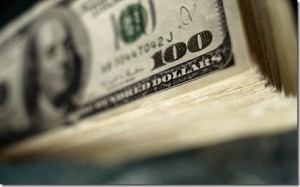The Obama administration is calling for more access to publicly funded research. From the New York Times:
In a memorandum issued on Friday, John P. Holdren, science adviser to President Obama, called for scientific papers that report the results of federally financed research to become freely accessible within a year or so after publication. The findings are typically published in scientific journals, many of which are open only to paying subscribers.
The new policy would apply to federal agencies, including the National Science Foundation, the Department of Energy and the Department of Agriculture, that finance more than $100 million a year of research. The agencies have six months to submit plans for how they would carry out the new policy.
The hope is that broad access to scientific results will encourage faster progress on research and will let anyone apply the knowledge for technological advances.

